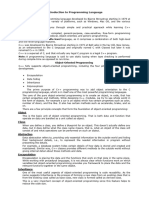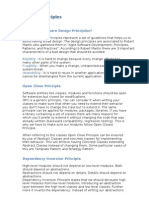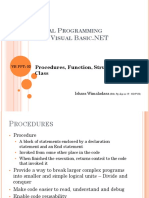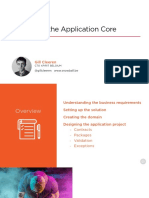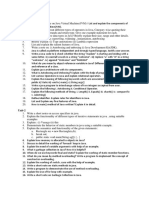0% found this document useful (0 votes)
7 views4 pagesC++ Unit-1
The document provides an overview of Object-Oriented Programming (OOP) and the C++ programming language, highlighting key OOP concepts such as encapsulation, inheritance, polymorphism, and abstraction. It details the structure of a C++ program, execution and debugging processes, and fundamental features like input/output operations, comments, and return statements. Additionally, it outlines C++'s core features, real-world applications, and advantages, making it suitable for various programming tasks.
Uploaded by
Laxmi NishmithaCopyright
© © All Rights Reserved
We take content rights seriously. If you suspect this is your content, claim it here.
Available Formats
Download as PDF, TXT or read online on Scribd
0% found this document useful (0 votes)
7 views4 pagesC++ Unit-1
The document provides an overview of Object-Oriented Programming (OOP) and the C++ programming language, highlighting key OOP concepts such as encapsulation, inheritance, polymorphism, and abstraction. It details the structure of a C++ program, execution and debugging processes, and fundamental features like input/output operations, comments, and return statements. Additionally, it outlines C++'s core features, real-world applications, and advantages, making it suitable for various programming tasks.
Uploaded by
Laxmi NishmithaCopyright
© © All Rights Reserved
We take content rights seriously. If you suspect this is your content, claim it here.
Available Formats
Download as PDF, TXT or read online on Scribd
/ 4






































